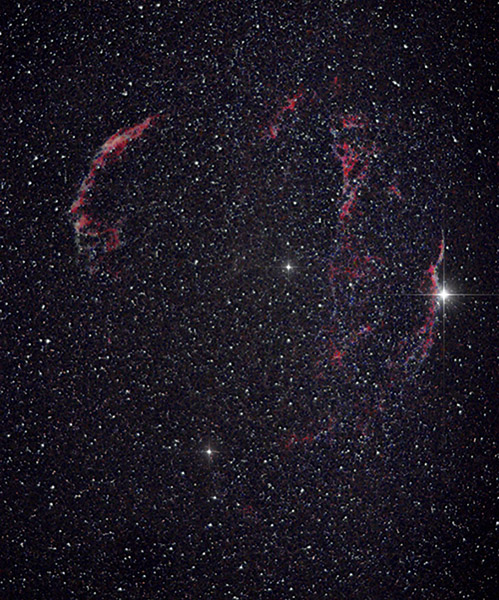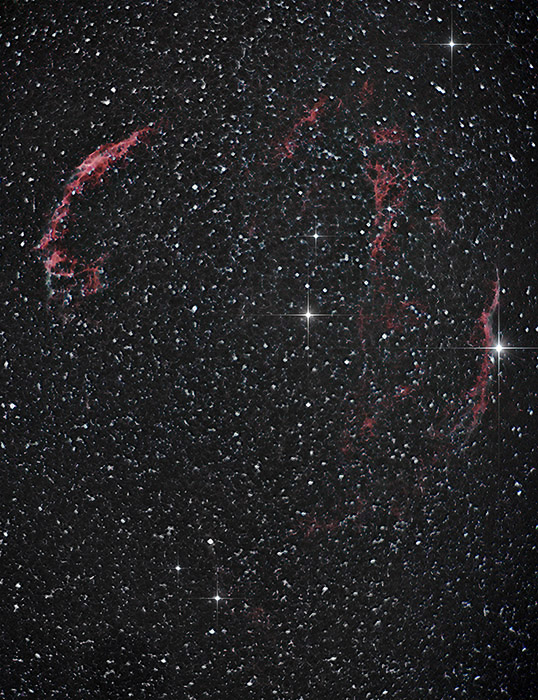|
|
11/15/2009. So, I decided to set up an Asus Aspire One as an aide d'focus for the Canons. Figured it would be handy often and absolutely essential now and then. Well. First, the Canon EOS utility software refused to install because the screen resolution was too low (the AA1 has a native resolution of 1024x600, but Canon's software requires 1024x768, a mode not available on the Acer). So I decided to load the Canon drivers only and use Maxim DL v5.0's image acquisition and focus routines instead. Alas, Maxim DL requires the actual Canon remote control software in order to use an EOS as an imaging camera -- you know, the software that wouldn't install because of a too-small screen. There's a freeware utility called "A1CTL" that (among other things) extends (or re-enables) the options available to the screen drivers. I got it here: Noda Blog. Search for "A1CTL" if it's not immediately at hand. A1CTL cames as a RAR archive, so I needed to find some software to unpack RAR files under Windows XP. Try this shareware, for example. (Screen control with A1CTL is said to not work on all AA1's, but it works on mine.) With all my dominoes thus aligned, I pushed over the RAR unpacker, installed the system extension, changed the screen size, installed the Canon software, launched Maxim, and Voila! The 20D responded as it should. Piece of cake. Why do people find computers hard to deal with? I trimmed the small Kydex card into which I had cut a focusing mask (two equilateral triangles, tilted slightly with respect to each other) and moved it from the end of the dewcap to just above the objective. Now it works. It's dim because the apertures are small, but it works; focus on something bright. I focussed on Vega by repeatedly examining 5 second exposures until all six diffraction spikes radiated from the center of the (too-large) blob. That's as good as it's going to get by this method. To verify and refine focus and to make sure the computer shenanigans worked, I hooked up the Acer and made a series of 8-second exposures of the Veil Nebula and environs. I gave the micrometer a few healthy twists along the way. I examined each frame on the screen at 200%, turned the micrometer, then tried again. After eight or nine trials, I was satisfied that one position was particularly close. I made a 30-second frame for a sanity check:
Hap Griffin
modified Canon 20D, ISO 1600 It's been worked over pretty hard for show and tell, but really, that's not too bad for a single 30-second exposure. As usual, it's not as sharp as it may look, but it's not awful, either. It's the best I've got so far from the 200mm. At worst, it's clear that I can use this lens to collect light from extended objects, remove the stars, work over the DSO's, then put sharp stars back with a single frame at F2.8 or F4. I'm still hoping that a narrow-band filter will redeem my confidence and enthusiasm in this glass. While I gather these notes, I'm running an hour's worth of one minute exposures of the Veil.
Here's a preview. This is a stack of just four, one-minute exposures from the beginning, middle and end of the run. I stacked these to play with while Deep Sky Stacker works on the entire set. Each frame contains about 6,500 stars. I've also shot a bunch of darks to add to the mix tomorrow, or soon. The four images used for this preview were flat-fielded (crudely) in Photoshop using a synthesized flat that should account for gross instrumental effects but not for smaller effects like dust. I have some flats to try out, too. More and better to come. I'm catching some sleep while the computer does its thing. Check back tomorrow. November 16. Oh hum, another morning, another half a billion pixels (65x8.2e6) to work with. I'm surprised. The finished combination is not much easier to work with than the sample above was. The differences are subtle. Pickering's Triangle is more finely delineated as are the two arcs. The stars, if anything, are harder to work with:
3900 seconds (65x60), Hap Griffin
Canon 20D, ISO 1600
That about does it for this subject until I work out how to tighten up the stars (a lot). There are ways. Whether I'll get them nailed down before Cygnus moves into the evening twilight, we'll see. |
:: top ::
© 2010, David Cortner


